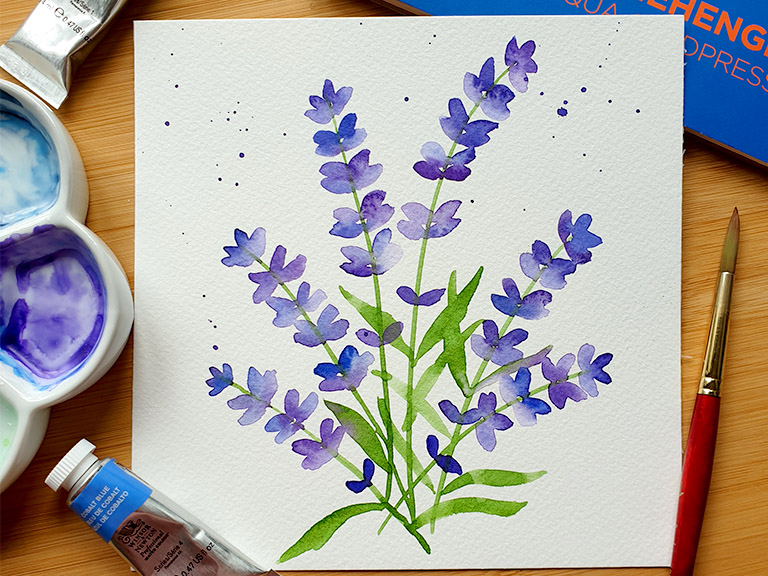The splatter effect in watercolour is a pretty technique that adds a touch of energy, texture, and spontaneity to your art. Whether you want to create a starry night sky or add a painterly energy to your composition, the splatter effect can bring a sense of movement and visual interest.
But the trick is to get the right texture and density, so it doesn’t look like you accidentally flicked paint over your art! This guide will show you all the ways to create fine spattering or larger droplets, and tips on when to add splatter in your painting process.
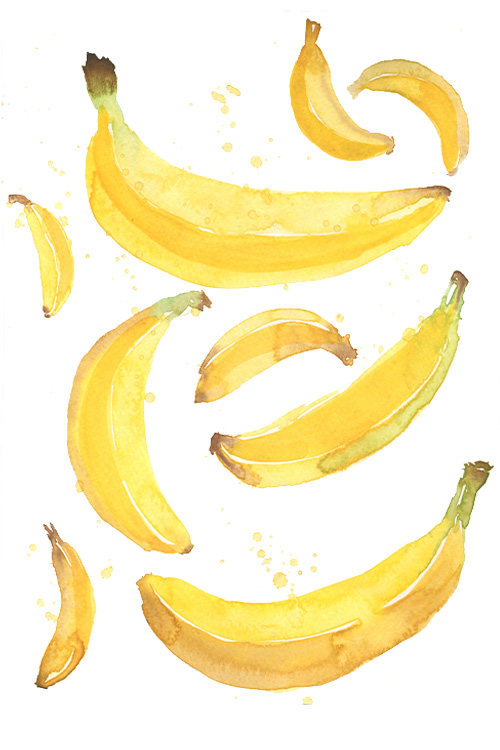
The best brushes to use for splatters
Toothbrush: An old toothbrush with firm bristles can create fine or coarse splatter depending on the amount of paint and pressure applied.
Fan brush: A fan brush with its spread-out bristles can produce a scattered splatter effect when loaded with paint and flicked.
Round brush: A regular watercolour round brush with good snap and fine point can create controlled splatter.
Mop brush: A large mop brush with soft and full bristles can create larger and more dispersed splatter effects when loaded with paint and flicked.
Flat brush: A flat brush can produce broader and more defined splatters.
Liner brush: A liner brush, with its long and thin bristles, can create fine and delicate splatter effects when gently flicked.
Flat house painting brush: You know the sort, that you would use to paint your house! They have tough and wide bristles, and can create splatter over a larger area when loaded with paint and tapped lightly.
Read more: Guide to watercolour brush types
Below examples by brush type: Splatter created with a round brush with low water content, and a large brush with high water content, and fine splatter from a toothbrush.
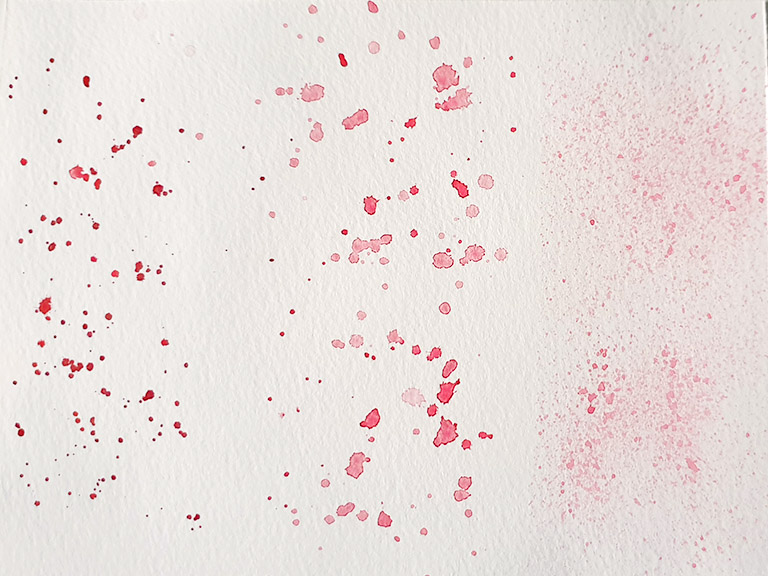
When should you use splatters in watercolour?
Don’t just flick paint at your work and hope for the best! (Otherwise known as spray and pray)
You need to be sure that the effect will add to your painting, without overwhelming it or making it look messy. Here are some ideas to try the technique:
Create a textured background
If you want the splatter to serve as a background element, add it early in your painting process before adding detailed foreground elements. This will create a sense of depth and establish a foundation for the rest of the composition. I love this effect for loose floral compositions – splatter the petal colour first, then paint over the top.
Highlighting with white for stars
One of the most common uses for watercolour spatter technique is creating white spatter over a night sky or galaxy so it looks like stars. For this, you’ll need a thick white like gouache or Bleedproof White paint so it will cover the watercolour underneath. I like to use a toothbrush to create fine spray, then a bigger brush for the larger stars.
Filling empty space
Splatter can also be used to add interest texture to blank areas of your painting. Once the main elements are painted, take a step back and identify areas that look bare. Apply splatter strategically to fill the spaces, ideally blocking off your main painting with a spare sheet of paper.
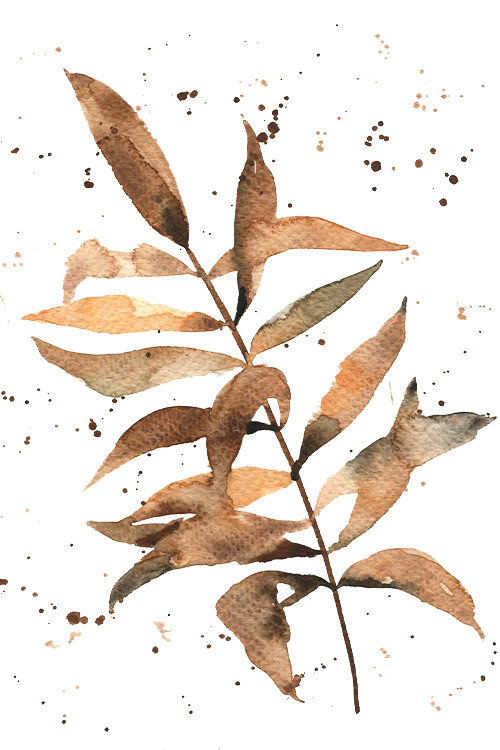
Adding texture
If you have any areas that look flat or a bit bland, you can use splatters to add texture over the top. Aim for a slightly darker colour than your area so it’s clearly visible and remember that it will fade a bit as it dries. This could be putting texture in a flat sky or landscape.
Creating a water drop effect
You can also splodge larger dots into your painting to create a drip effect. This is great for painting drinks such as coffee or cocktails, as well as pictures of water such as fountains and waterfalls. I love to create a little water spray effect in rich blues!
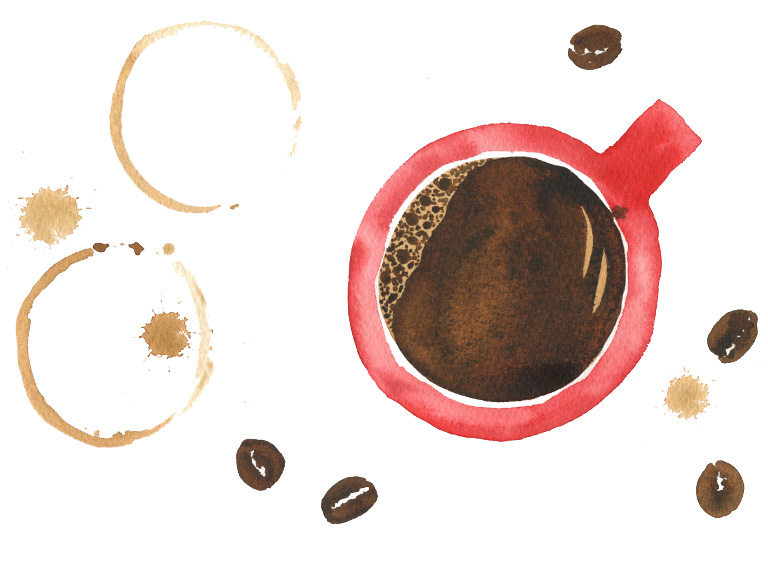
How to create different types of watercolour spatter
For a fine and delicate spattering effect, you want a brush with lots of separate bristles like a toothbrush or oil painting brush. Use a medium-wet mixture, hold the brush further away from the paper and spatter very gently.
To create larger and random splatters, use a larger brush like a round or mop brush that holds a lot of water. Use a large amount of diluted paint and load up your brush. Hold the brush closer to the paper and flick the bristles more forcefully to give in bigger and more pronounced splatters.
To create a drip effect, use the same method as above but hold the brush vertical to the paper, then flick it straight down. It should give you a splash like a drip of coffee on the paper.
Techniques to create splatter in watercolour
To create different splatter effects in watercolour, consider the following techniques:
Point and flick
The simplest method is to point your brush at the paper, pull back and sharply flick it towards the paper. It should give medium splodges with some finer texture, depending on how much water your brush holds.
Using your fingers
Load up your brush and then use your fingertips to bend the bristles back, then allow them to spring forward. This is great with toothbrushes to create white stars and galaxies.
Tap the handle
You can also hold the brush over the paper, then tap the handle with your finger or another brush to release the spatter.
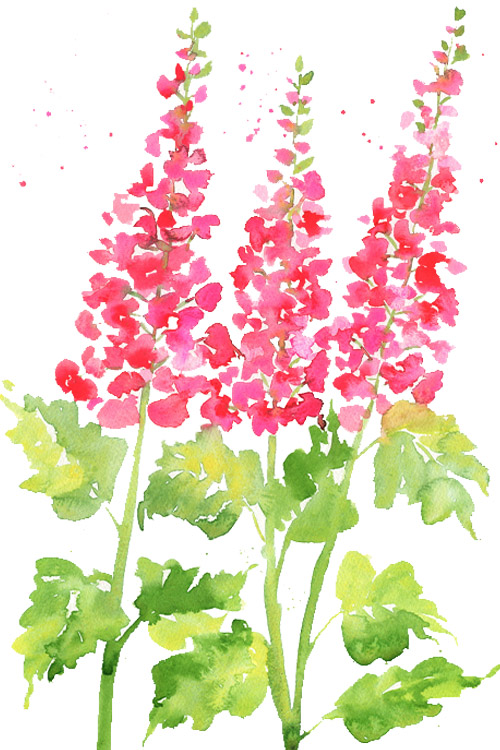
My top tips for creating splatters in watercolour
Here are my top tips for creating pretty splatters:
- Less is more! Use spatter sparingly to avoid overwhelming the painting
- Practice on a piece of scrap paper before applying splatter to your painting so you know how it will look
- Use a smaller brush to limit the size and spread of the splatter
- Use plenty of water to create a drip effect and ensure your splatter is light, instead of big dark splodges
- Experiment with different flicking techniques, brush sizes, and distances to get different effects
- Protect areas of your painting that you don’t want to splatter by covering them with spare paper or some other material
- Embrace the unpredictable nature of splatter and allow it to enhance the spontaneity and energy of your artwork – you can’t be a control freak with this technique!
No matter what your style is, the splatter technique can add interest, texture and fun to your paintings. Start experimenting today and fall in love with the effect!
More watercolour techniques
- Wet on wet painting
- Wet on dry painting
- How to use the glazing technique
- Dry brush painting in watercolour
Download my free watercolour supply guide
Feeling overwhelmed and confused by watercolour paints, papers and brushes? Download my free guide filled with insider info, including a list of good supplies for every budget, and my complete supply list!
